Galleries
14 Truly Bizarre Moments in James Franco’s Sit-Down with Jerry Saltz
Why is the art world so mean?
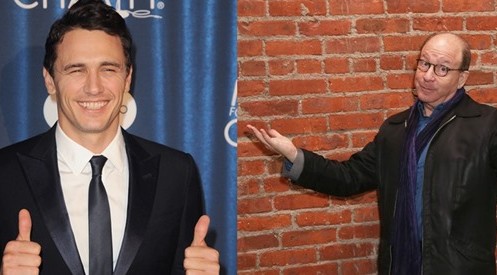
Why is the art world so mean?

Brian Boucher


James Franco.
Photo: Patrick McMullan.
Get ready for a meeting of the minds between a celebrity New York art critic and a controversial Hollywood film star/fine artist.
Critic Jerry Saltz, one of the most talked-about figures in the art world, known as much for racy Facebook posts as for his aesthetic judgments, talked about art with actor, writer, and artist James Franco, equally known for film performances and paintings of birds, in New York Magazine.
In this four-hour interview, you can learn some sweet tidbits about the actor-artist. Like what, you ask? Like that Franco’s assistants may have blocked Saltz from following Franco on Instagram, and that Saltz got only 900 clams per episode to be on that train wreck of an art-world reality television show, “Bravo’s Work of Art.”
The conversation is a bit TL;DR, clocking in at nearly 8,000 words. artnet News read the whole thing so that you don’t have to, and we offer a few of the juiciest bits below.
Read on to find out about art-world policemen, the debate over Franco’s art, including his notorious show where he restaged Cindy Sherman’s “Untitled Film Stills,” and what art blogs Franco does not like. (Hint: artnet News is one of them.)
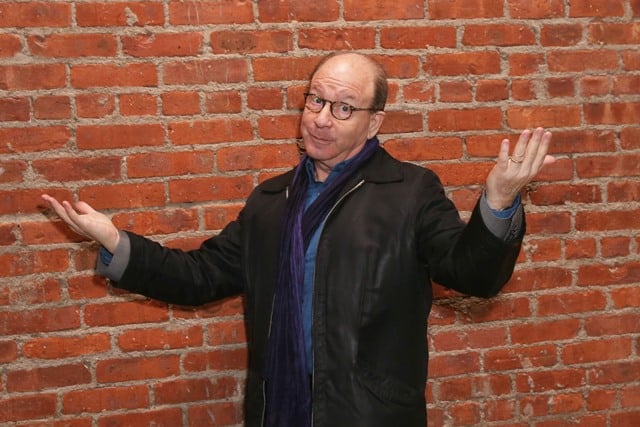
Jerry Saltz.
Photo: Patrick McMullan.
Someone call the police!
One of Saltz’s favorite drums to beat is that the art world is too exclusive and conservative. “My sense is the art world polices its boundaries very, very intensely,” he says.
The funny thing is that Franco thinks Saltz is part of the problem.
“I think you’re one of the biggest police officers,” Franco tells the Great Democratizer and Libertine-in-Chief.
Jerry maybe doesn’t get how identity actually makes a real difference.
Franco’s Cindy Sherman–drag photos, Jerry complains, would have been received differently if someone else made them, and that’s just bad, bad, bad. “Perhaps, had you been a gay woman, it might not have made the art world as crazy. That is the policing period we seem to live in.”
Sigh.
Just what is it that makes today’s art world so different, so appealing?
Asked about the art world’s allure, Franco says, “It’s the freedom of making something that doesn’t need to entertain, that isn’t going to be tallied up in the box-office tolls.”
Jerry thinks pretty young things are after him.
When he sat next to Franco in a college course, The Jerry says, “All these women came up to me, and I thought they were attracted to me, this older man.” Turns out they just wanted to ask him what it was like sitting next to The James.
Making art made Franco a better actor.
“When I was only acting … I was acting for myself—to do a great performance for me, not for the movie,” says the actor. “But that’s not my job as an actor. My job as an actor is to help the director achieve his or her vision. As soon as I got to direct my own films or escape the film world and into these other realms, when I came back to the film world, I could be pure about it. I don’t think my performance in Spring Breakers could’ve happened if I didn’t do all this other stuff.”
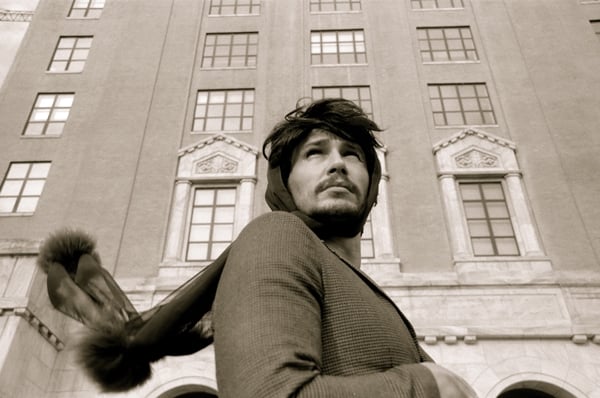
James Franco, New Film Still #58 (2013).
Image: © 2014 Pace Gallery. All Rights Reserved.
Franco seems to think he’s outdoing Cindy Sherman.
“I’m not doing these things as a one-off,” he boasts. “Cindy Sherman never directed another film. I’ve made art for decades.”
Will Franco show at the next Outsider Art Fair?
“I think of you as an outsider artist,” Saltz tells Franco, despite Franco being the consummate Hollywood insider and holding so many degrees that he won’t even divulge how many he has during the interview.
Jerry still doesn’t get why he gets in hot water.
“When I as a straight man say anything about women, I have a lot of trouble,” says the critic who chastises the art world establishment for its treatment of female artists and then posts sexually explicit images of women. :/
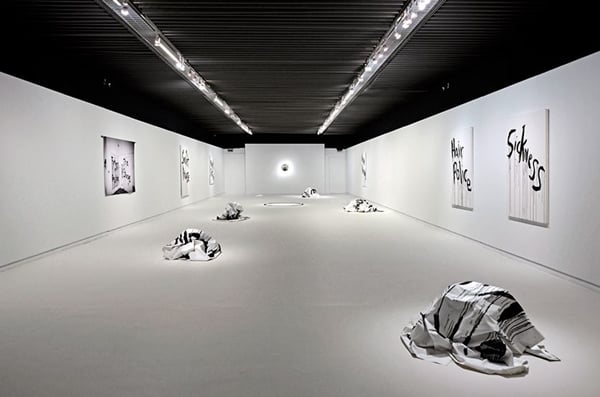
Installation view of Kim Gordon’s show.
Photo: Courtesy of Destes Foundation/Fanis Vlastras & Rebecca Constantopoulou.
Jerry doesn’t approve of Kim Gordon or John Waters’ work—and they get a free pass anyway.
“Kim Gordon has been allowed to cross over even when her work isn’t good,” says Saltz, later adding, “We don’t call John Waters out for sometimes being a weaker conceptual artist or derivative.”
Saltz thinks young artists should show wherever they can, even if it’s at one of the world’s most powerful galleries.
“I’m not saying to any young artists, ‘Don’t show at Pace.’ I always say show anywhere you can get a fucking show.”
Jerry questions the strength of one of the world’s most powerful galleries.
Franco is convinced that Pace Gallery, one of the world’s titans, backed off of showing him again because they were embarrassed by critics’ pans of his Cindy Sherman show. “Then they shouldn’t be in this business,” says The Jerry.
Perhaps we’re not comparing Franco to the right artists.
“Steve McQueen makes great movies. But on a certain level, people will compare me to Shia LaBeouf.”
Double sigh.
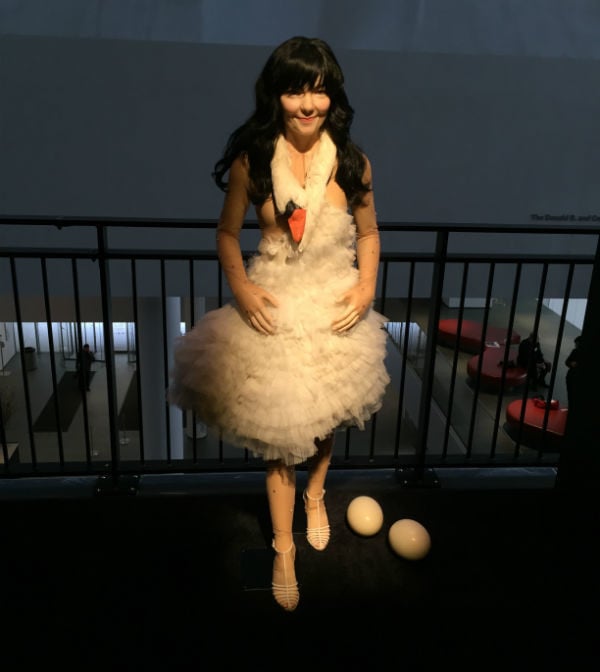
Marjan Pejoski’s Swan Dress in “Björk” at MoMA
Photo: Courtesy of Ben Davis.
Even Franco admits MoMA’s Björk show sucked.
“I think the Björk show wasn’t successful,” he says, adding, of its curator, Klaus Biesenbach, “He didn’t even pull off what he was trying to do.”
There are two art blogs Franco does not like.
“But what about … what is it, Art F City? And artnet. They seem to be particularly nasty.”
To be fair, we did headline our article on Franco’s Cindy Sherman photos “Why James Franco’s Cindy Sherman Homage at Pace Is Not Just Bad But Offensive.”
So maybe we are nasty? Or, who knows, maybe the folks at Pace aren’t the only ones who are too thin-skinned.